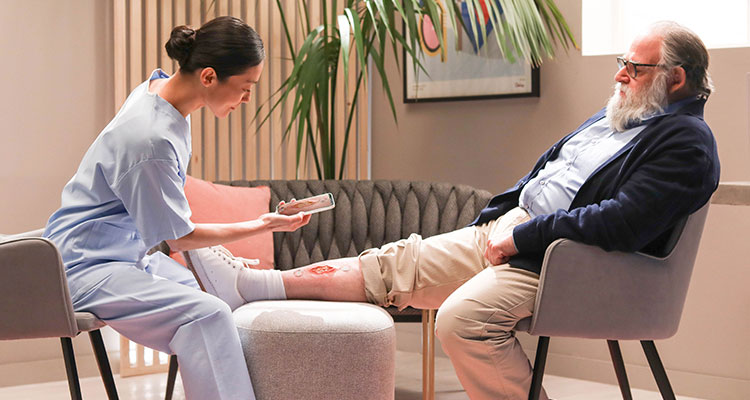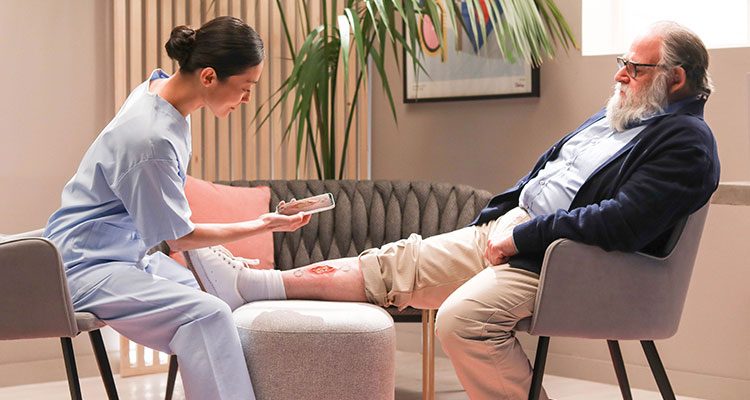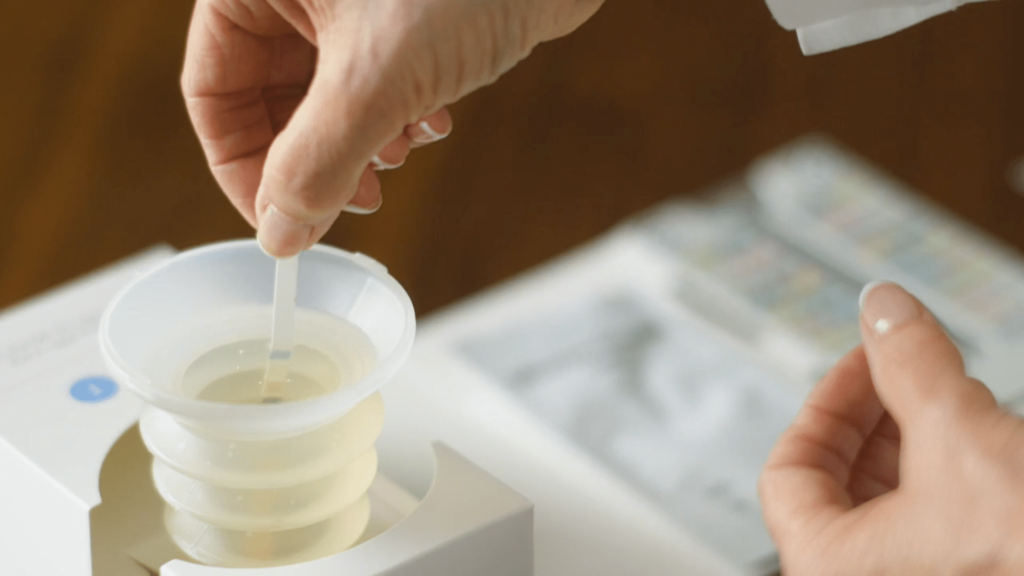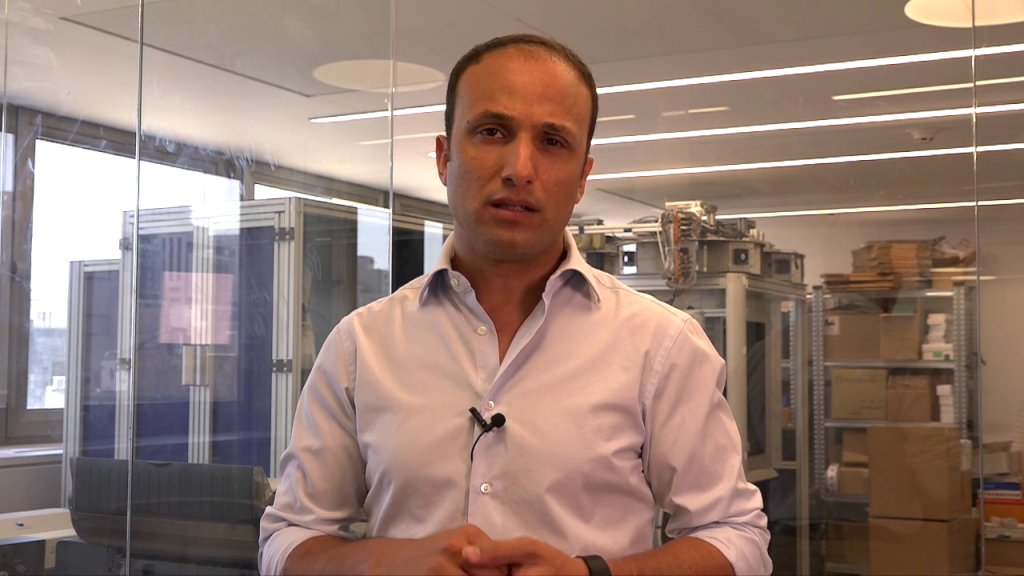This article was originally published in Today’s Wound Clinic.
The COVID-19 pandemic has been an inflection point for telehealth. Over the course of 2020, clinicians, patients and entire health care systems rapidly adopted remote care solutions, accelerating a trend that might have otherwise taken years to achieve.
It is safe to say that such sweeping changes have been largely absent from the field of wound care. Chronic wounds typically require regular cleaning, dressing, and treatment by a trained clinician—highly tactile processes that cannot be carried out via videoconference. But the spectrum of possibilities offered by digitization and remote care has much to offer wound care, without displacing the physical interaction between clinician and patient that is at its heart. In fact, digital solutions offer the opportunity for more patient-centric wound care, facilitating increased patient engagement and motivation to close the gap in care that maintains a consistently high national burden of chronic wounds.
Digitizing wound care means using technology to help solve one of the field’s greatest challenges: the lack of standardization in wound measurement and assessment. For wounds to heal faster they must be monitored regularly over time; even the smallest of changes can provide valuable insights that can inform and optimize care plans. But the rudimentary methods commonly used to measure wounds, such as paper rulers, lack accuracy and fail to provide the basis for consistent, standardized measurements. Data for a single patient is often fragmented across multiple sources, further thwarting attempts to track healing. The implications for non-healing wounds—a particularly costly source of immense suffering—are significant.
The best digital wound care solutions use normalized data—quantitative, qualitative, and visual—to provide an accurate picture of how a wound is faring and progressing over time. Automated alerts can draw attention to stagnating or deteriorating wounds, and even provide suggestions for care plan changes that have shown positive results for similar wounds in the past, in support of data-driven clinical decision making.
The digital transformation of wound care only begins at the individual level. The advent of coherent and up-to-date wound records allows for the transformation of workflows and processes at every level, incorporating a hybrid approach to wound care—one that combines hands-on treatment augmented by technology, with elements of remote care.
Click here to read the rest of this article at Today’s Wound Clinic.






